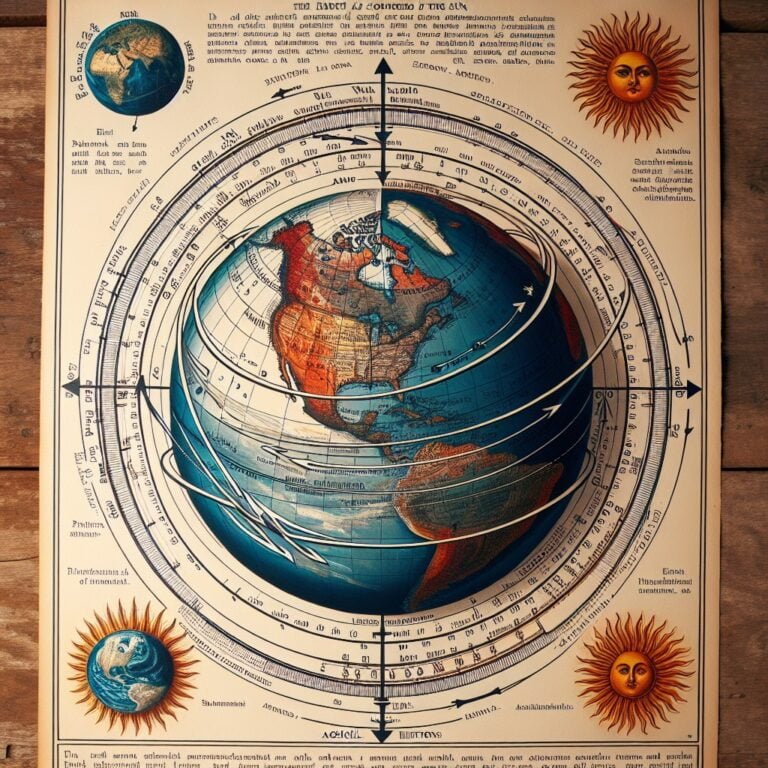The changing of the seasons is a remarkable phenomenon that influences our climate and environment throughout the year. But what causes the seasons to change?
Answer
The seasons change due to the tilt of the Earth’s axis as it orbits the Sun, causing varying angles of sunlight to reach different parts of the planet throughout the year.
Simple Explanation
As the Earth moves around the Sun, its axis is tilted. This tilt means some areas get more sunlight in certain months, leading to the four seasons: winter, spring, summer, and fall!
Detailed Explanation
The Earth is tilted on its axis at about 23.5 degrees, which is the main reason we experience seasons. As the Earth travels in its elliptical orbit around the Sun, this axial tilt means that different parts of the Earth receive varying amounts of sunlight at different times of the year. When the Northern Hemisphere is tilted towards the Sun, it experiences summer, while the Southern Hemisphere experiences winter, and vice versa.
The Role of Sunlight
- Direct vs. Indirect Sunlight: When sunlight hits the Earth directly, it is more intense and raises temperatures, creating summer. Conversely, when sunlight hits at a slanted angle, it spreads out and is less intense, resulting in colder winter temperatures.
- Seasonal Changes: In spring and fall, or autumn, both hemispheres receive roughly equal amounts of sunlight, leading to moderate temperatures.
This axial tilt, combined with the Earth’s orbit, causes the changing seasons, and these patterns have been studied for centuries. Different cultures around the world have recognized the significance of seasonal changes in agriculture, festivals, and weather patterns.
Conclusion
In summary, the tilt of the Earth’s axis as it orbits the Sun is what drives the changing of the seasons. Understanding this helps us appreciate the intricate dance of our planet within the solar system.
FAQ
Q: Why do the seasons occur at different times in different hemispheres?
A: The Earth’s tilt causes the Northern and Southern Hemispheres to experience opposite seasons at the same time.
Q: How long do the seasons last?
A: Each season typically lasts about three months, but this can vary slightly depending on the specific year and location.
Q: Do all places on Earth have four distinct seasons?
A: No, some regions near the equator experience little seasonal variation, while polar regions may have more pronounced seasonal changes.
Q: What is the shortest and longest season?
A: The shortest season is usually winter in many temperate regions, while summer can be the longest due to the way our calendar aligns with Earth’s tilt.




